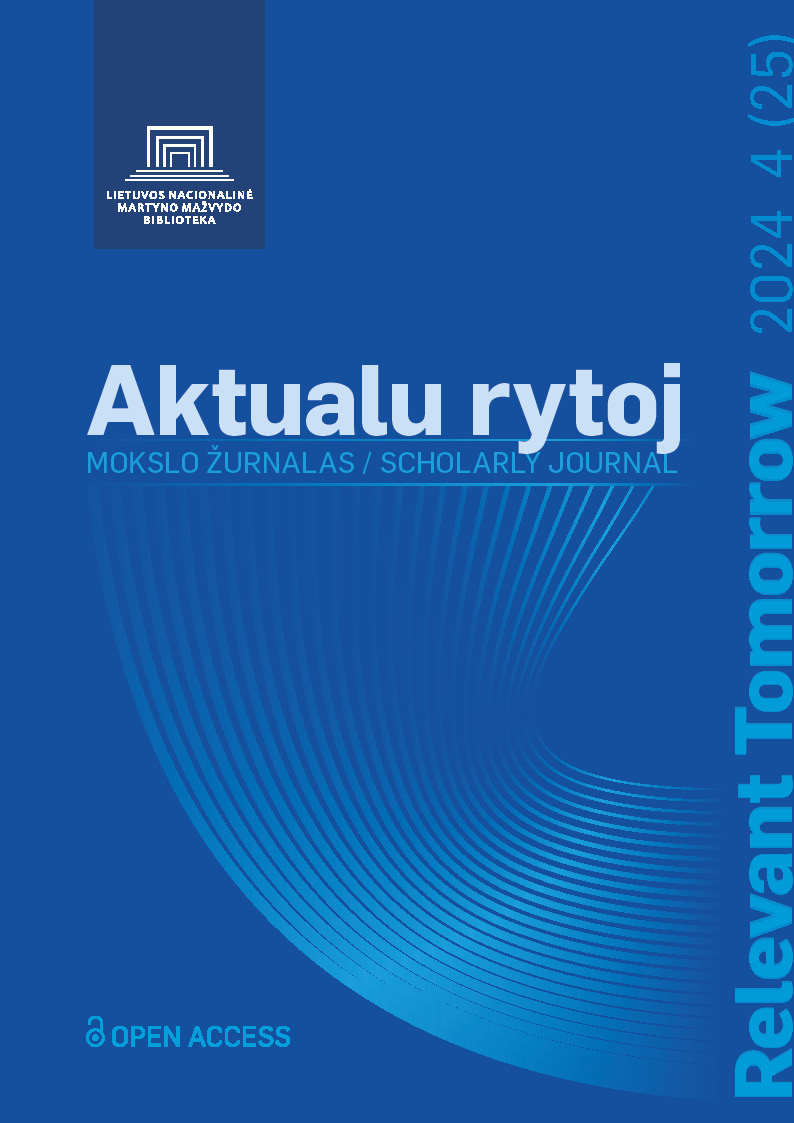Personal Images of Lithuanian Artists in the Documentary Videos “Portraits of Artists. Annals”: Semiological and Socio-Ideological Aspects
DOI:
https://doi.org/10.51740/RT.4.25.2Keywords:
“true self”, cultural identity, personal images, portraits of artists, Soviet era, ideology, Lithuanian artists, semiosphere, chronotope, reframing of ideologyAbstract
Semantic templates of “being oneself” and “true self” are often used in the (auto)biographical narratives of Lithuanian artists of the period of independence. A closer look reveals that these templates often conceal emotionally conditioned and romanticized (cultural) clichés, presented as analytical categories. Using Bakhtin’s chronotope and Lotman’s semiosphere concepts, the article examines a series of documentary films produced in Lithuania between 1994 and 2016, “Portraits of Artists. Annals,” and raises the following questions: How and which biographical models or images of the “true self” are created through the language of cinema and in the narratives of the protagonists (the artists) themselves? How do visual and linguistic narratives interact in these structures? In what ways are they mythologized? The study has shown that the (auto)biographical narratives of the artists can be viewed as a re-sacralization of the biographical models of the artists and at the same time, as a retelling, a re-creation of personal images constructed during the Soviet era. The author of the article argues that the biographical-narrative structures of documentary films about artists should be seen as a “degraded (or degrading) myth”—partial fictions, a reframing of ideology—rather than a “pure myth.”










